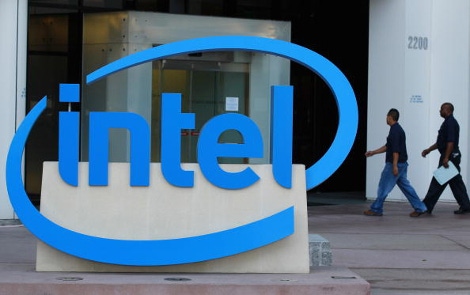Intel Leads $100M Round for OpenStack Cloud Heavyweight MirantisIntel Leads $100M Round for OpenStack Cloud Heavyweight Mirantis
Mirantis says latest funding will pay for making the open source cloud software easier to use
August 24, 2015

Looking to help make OpenStack a more accessible management platform for a much broader number of IT organizations, Mirantis announced it will apply $100 million in additional funding from investors toward making the open source framework much simpler to deploy and manage.
This latest round of funding is led by Intel, which Mirantis president Alex Freedland said is also committing to making engineering and lab resources available to Mirantis to help make OpenStack a platform the average IT organization can easily administer. Besides Intel Capital, other investors participating in this round of funding include Goldman Sachs, August Capital, Insight Venture Partners, Ericsson, Sapphire Ventures, and WestSummit Capital.
Freedland said while OpenStack is being used in production environments by many IT organizations today, it requires a large team of IT experts to deploy and maintain it. To drive further adoption of OpenStack it is clear the cloud framework needs to be deployable at the push of a button, said Freedland.
As part of that effort Mirantis plans to help refine all the components of OpenStack in a series of stages that will ultimately enable IT organizations to fire up as many as 2,000 OpenStack nodes right out of the box.
The cost of managing IT on-premise is one of the primary reasons that so many application workloads are moving on to public clouds, which, Freedland said, winds up being a threat to the continued existence of internal IT organization. Just as concerning from a vendor’s point of view is if the vast majority of application workloads move to the cloud, a handful of cloud service providers will essentially decide what new innovative products and services actually get a chance to come to market.
“We need to drive IT costs down to the point where IT organizations can compete with all the hyperscalers,” said Freedland. “If all workloads move to the hyperscalers they ultimately become a choke point for innovation.”
While Freedland said it’s important that the OpenStack community continue to partner with providers of other technologies, it’s also critically important that OpenStack be able to compete against VMware and Microsoft by offering as many native services as possible. Freedland said both Microsoft and VMware will continue to expand the scope of the services they embed in their respective platforms to provide a better lifecycle management experience.
The OpenStack community can’t be limited in the types of native services that can be embedded in the platform if it expects enterprise IT organizations to replace those proprietary management frameworks with distributions of OpenStack, said Freedland.
At the same time, it’s important for the OpenStack community to, for example, work closely with Kubernetes, Google’s open source orchestration projects for Docker containers; providers of Platform-as-a-Service environments based on CloudFoundry; and Mesosphere, a provider of a distribution of advanced scheduling software for the data center that is based on an open source Apache Mesos project.
While OpenStack has obviously made a lot of progress in a short period of time, the number of IT organizations that have the engineering resources needed to master it in its current form is clearly limited. To drive the next phase of adoption, much more elegant implementations of OpenStack will clearly be required.
About the Author
You May Also Like







